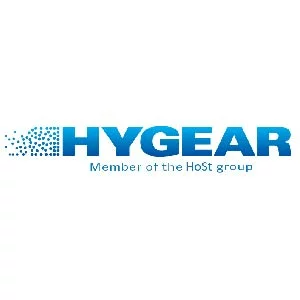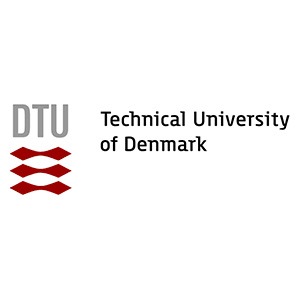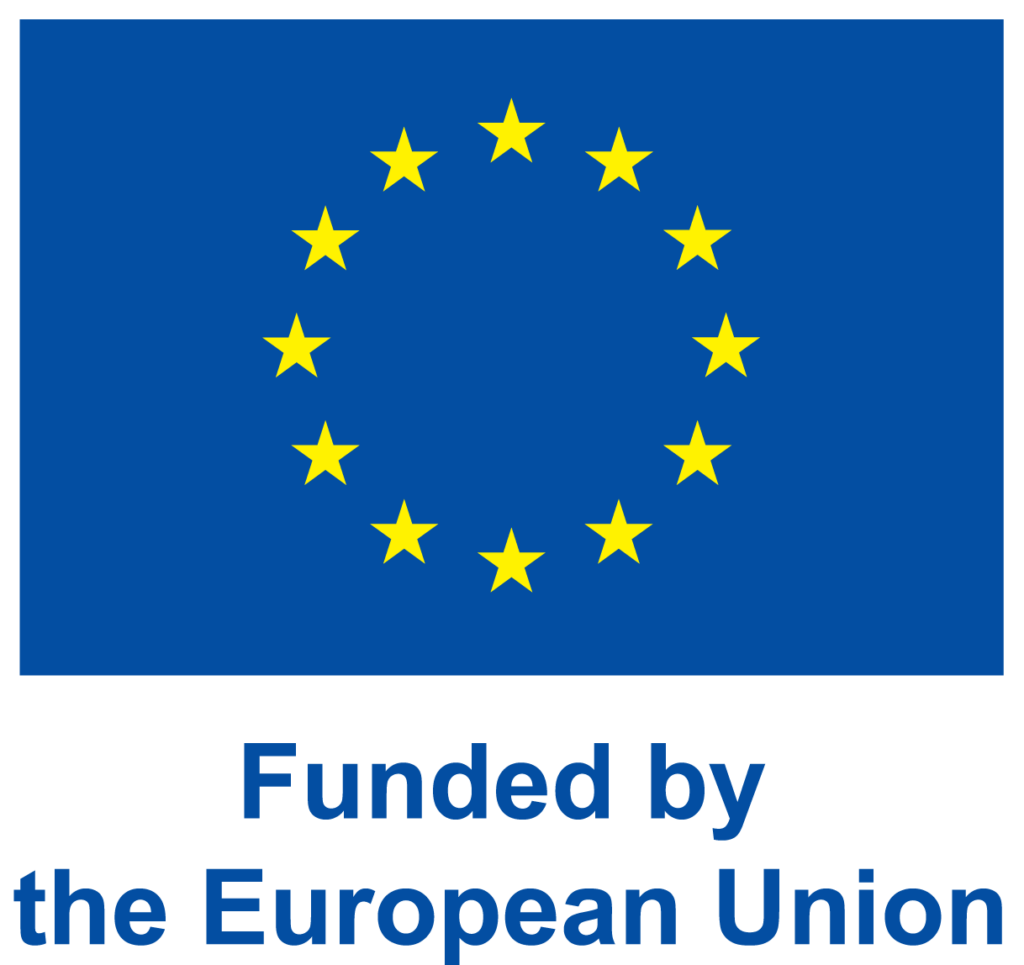Dispatchable concentrated Solar-to-X energy solution for high penetration of renewable energy
SOLARX is a 3-year project funded by the European Commission’s Horizon Europe research & innovation programme. It addresses the shortcomings of current energy infrastructures that are not designed to handle large shares of intermittent renewable energy sources. SOLARX integrates three high concentration solar technologies and AI-based smart resource management into a dispatchable Renewable Energy System (RES).
To this end, SOLARX will develop 3 Key Technological Elements:
- a smart solar resource management algorithm which aims to meet local instantaneous energy demands
- a high efficiency Concentrating Photovoltaic (CPV) receiver
- a carbon negative bi-energy H2 receiver
The main goal of the project is to demonstrate, at the laboratory scale, the technical, economic, and social value of the synergetic efficient production of heat, electricity and H2 from solar resource in a single facility, considering energy demands and market prices for a wide range of locations and application scenarios. Global assessment will demonstrate the role of the SOLARX solution as a game-changing RES that will facilitate the creation of a future carbon-negative energy system.
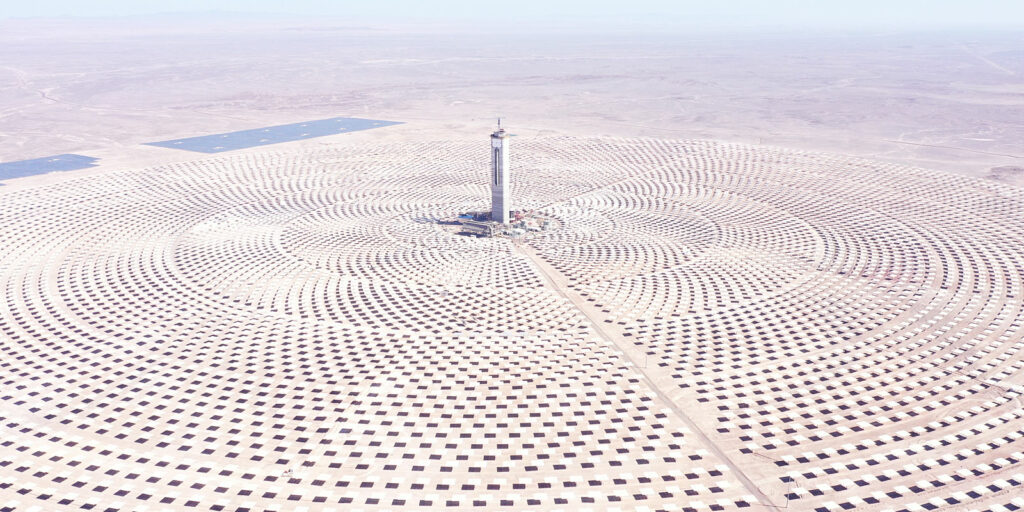

News
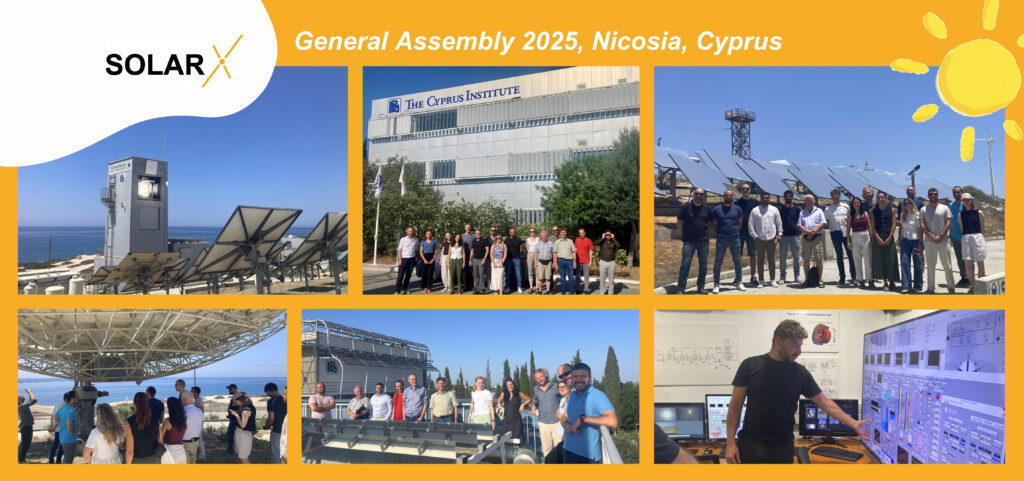
SOLARX General Assembly 2025: advancing toward final results in solar energy innovation
The SOLARX project consortium convened in Nicosia, Cyprus, from 17–19 June 2025 for its General Assembly, hosted by The Cyprus Institute (CYI). With the project approaching its conclusion in October
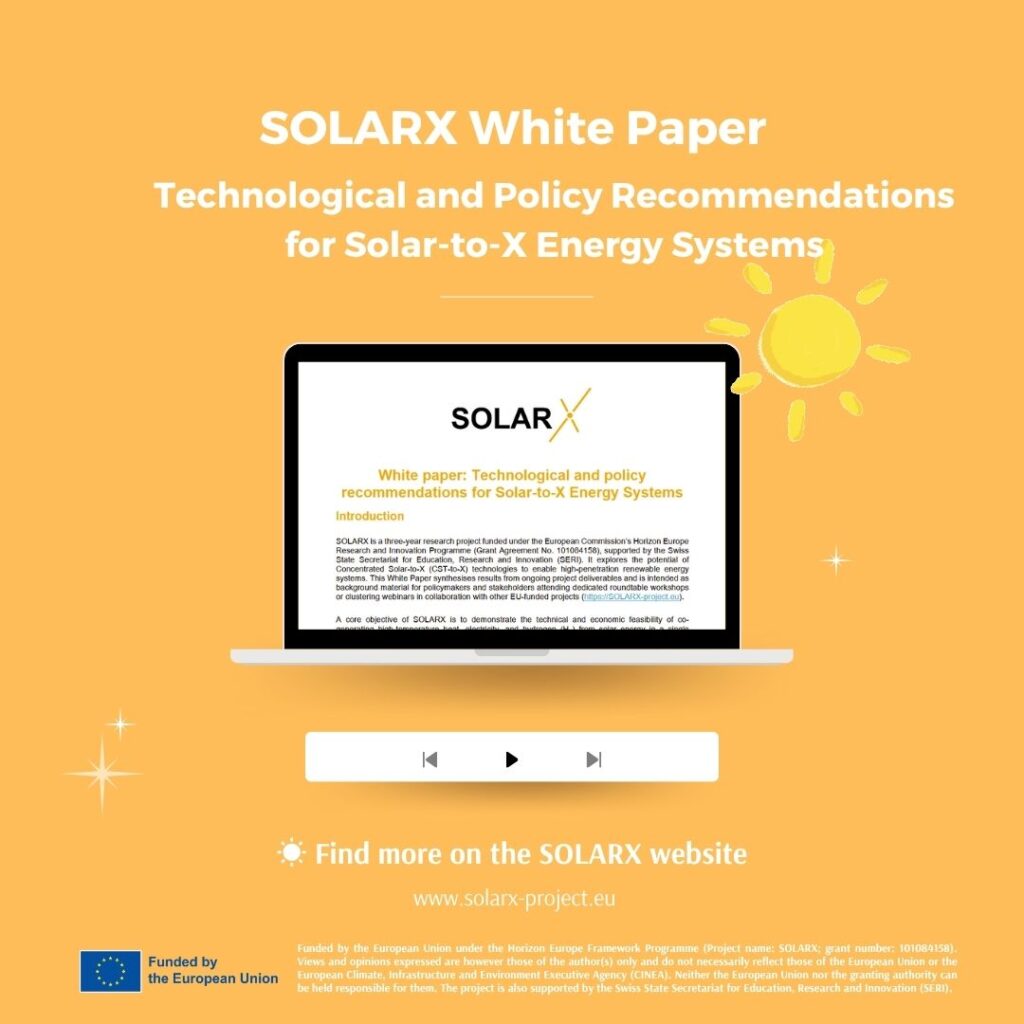
SOLARX White Paper Published: Pioneering Pathways to Solar-to-X Energy Systems
We are pleased to announce the publication of the SOLARX White Paper: Technological and Policy Recommendations for Solar-to-X Energy Systems. This milestone document distils the key insights and interim findings
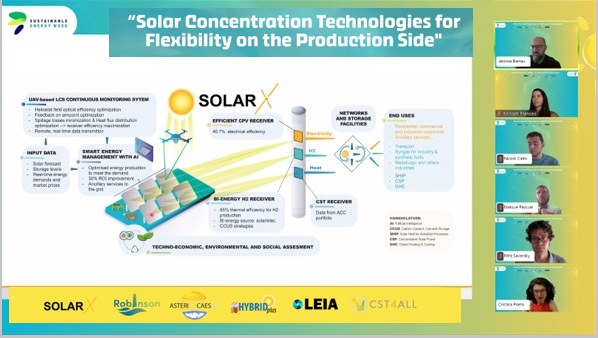
3rd SOLARX Webinar: Full Recording
Experts from six EU-funded projects came together for the third SOLARX webinar to explore the challenges of deploying innovative, fully dispatchable hybrid renewable technologies based on solar concentration. The webinar
